Author: Andy Carter
The primary source of fermentables in beer is barley whose starchy endosperm is enzymatically broken down during the malting process, which allows brewers to produce sweet wort through mashing. However, while barley may be the most common cereal grain in beer, others have been used for centuries to create unique styles such as Hefeweizen and Witbier, both of which feature a hefty dose of wheat.
Like barley, wheat is often malted for use in brewing and has the enzymatic ability to self-convert, in fact malted wheat is known to possess more diastatic power than most other malted grains. So, what does it add to beer that barley doesn’t? In his book, Brewing With Wheat, Stan Hieronymus claims not a single brewer he talked to over a year “came up with a definitive answer” as to how wheat tastes. Common descriptors included crispness, drinkability, and bready, which are also used to describe characteristics of barley malt.
One way in which wheat differs from barley is that it contains more proteins, namely gluten, that are widely believed to enhance mouthfeel, improve foam stability, and lead to a hazy appearance in the finished beer. Additionally, there’s some evidence wheat malt more readily releases ferulic acid during the mash, which during fermentation gets converted to the perceptibly spicy compound known as 4-vinyl-guaiacol (4VG).
Early in my formative craft beer days, I tried Little Sumpin’ Sumpin Ale from Lagunitas Brewing, which proclaims it has a “wheatly-esque-ish-ness” due to the fact it’s made with a relatively high proportion of wheat. I’d always presumed this was the reason for the snappiness I perceive in this tasty IPA, though the results of a past xBmt led me to wonder what impact wheat really has on beer.
| PURPOSE |
To evaluate the differences between an American IPA made with wheat malt and one made with an equal portion of additional pale malt in its place.
| METHODS |
The recipe for this xBmt was inspired by one of my favorite local commercial beers, Duet from Alpine Brewing Company.
Two Of A Kind
Recipe Details
| Batch Size | Boil Time | IBU | SRM | Est. OG | Est. FG | ABV |
|---|---|---|---|---|---|---|
| 5.5 gal | 60 min | 81.1 IBUs | 3.8 SRM | 1.063 | 1.011 | 6.9 % |
| Actuals | 1.063 | 1.006 | 7.6 % | |||
Fermentables
| Name | Amount | % |
|---|---|---|
| Pale Malt (2 Row) US | 10 lbs | 78.43 |
| Wheat Malt, Ger | 2.5 lbs | 19.61 |
| Corn Sugar (Dextrose) | 4 oz | 1.96 |
Hops
| Name | Amount | Time | Use | Form | Alpha % |
|---|---|---|---|---|---|
| Centennial | 20 g | 45 min | Boil | Pellet | 6 |
| Amarillo | 28 g | 20 min | Boil | Pellet | 8.3 |
| Simcoe | 28 g | 20 min | Boil | Pellet | 13.3 |
| Amarillo | 43 g | 10 min | Boil | Pellet | 8.3 |
| Simcoe | 43 g | 10 min | Boil | Pellet | 13.3 |
| Amarillo | 28 g | 2 days | Dry Hop | Pellet | 8.3 |
| Centennial | 28 g | 2 days | Dry Hop | Pellet | 6 |
| Simcoe | 28 g | 2 days | Dry Hop | Pellet | 13.3 |
Notes
| Water Profile: Ca 35 | Mg 4 | Na 8 | SO4 73 | Cl 23 |
Download
| Download this recipe's BeerXML file |
I started my brew day by heating up two equal volumes of RO water that were adjusted to my desired profile.
While waiting on the water to warm, I weighed out and milled the grains for each batch, only one receiving a dose of wheat malt.
Once the water for each batch was adequately heated, I added the grains then checked to make sure both were at the same target mash temperature.
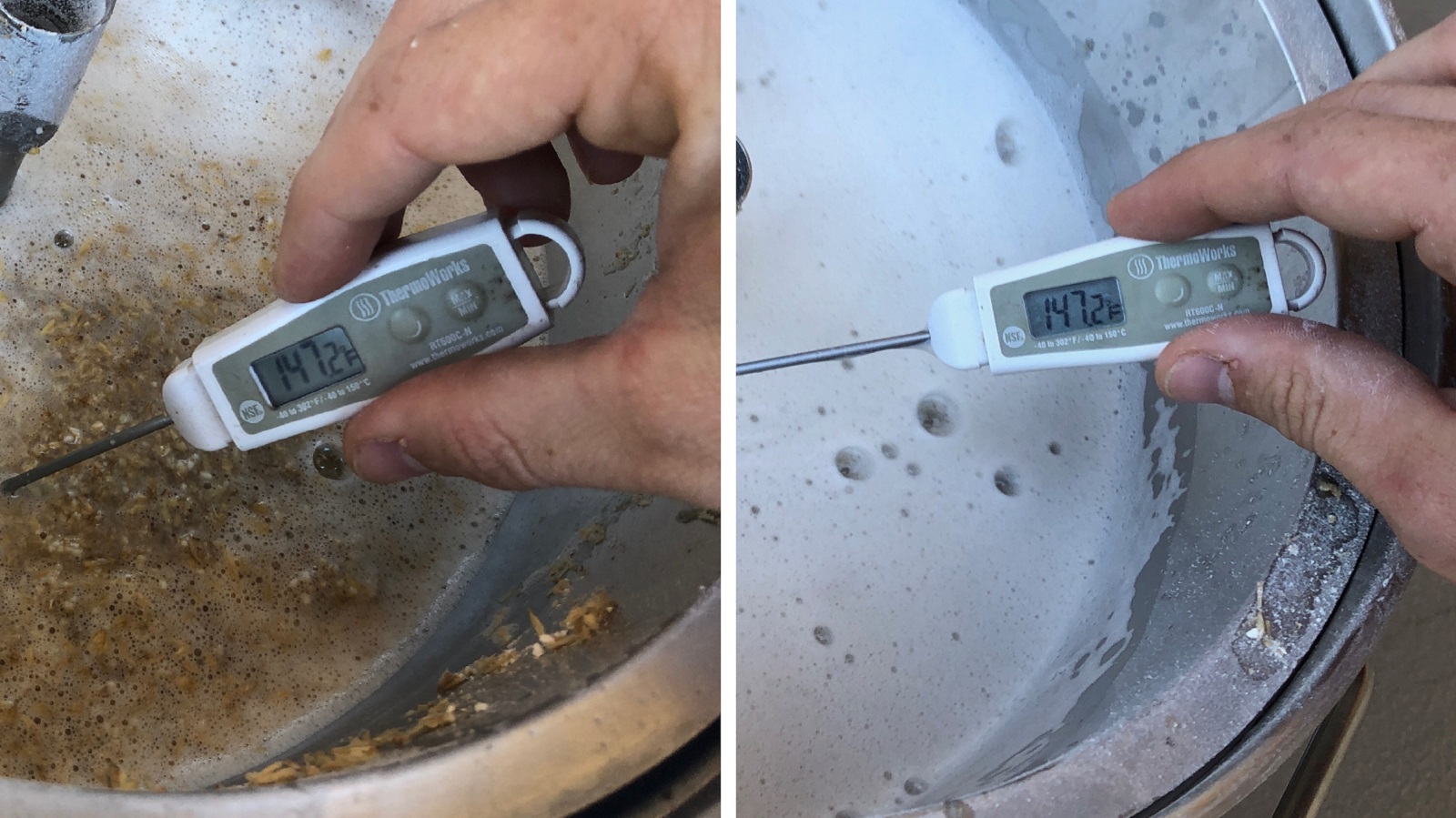
Following each 60 minute mash rest, I removed the grains and sparged to achieve the target pre-boil volume.
While waiting on the wort to heat up, I weighed out the kettle hop additions.
The worts were then boiled for 60 minutes with hops added at the times listed in the recipe.
Once each boil was complete, I chilled the wort to 185°F/85°C and added the whirlpool hops, allowing them to mingle for 10 minutes before I finished chilling. Refractometer measurements showed both worts were at the same OG.
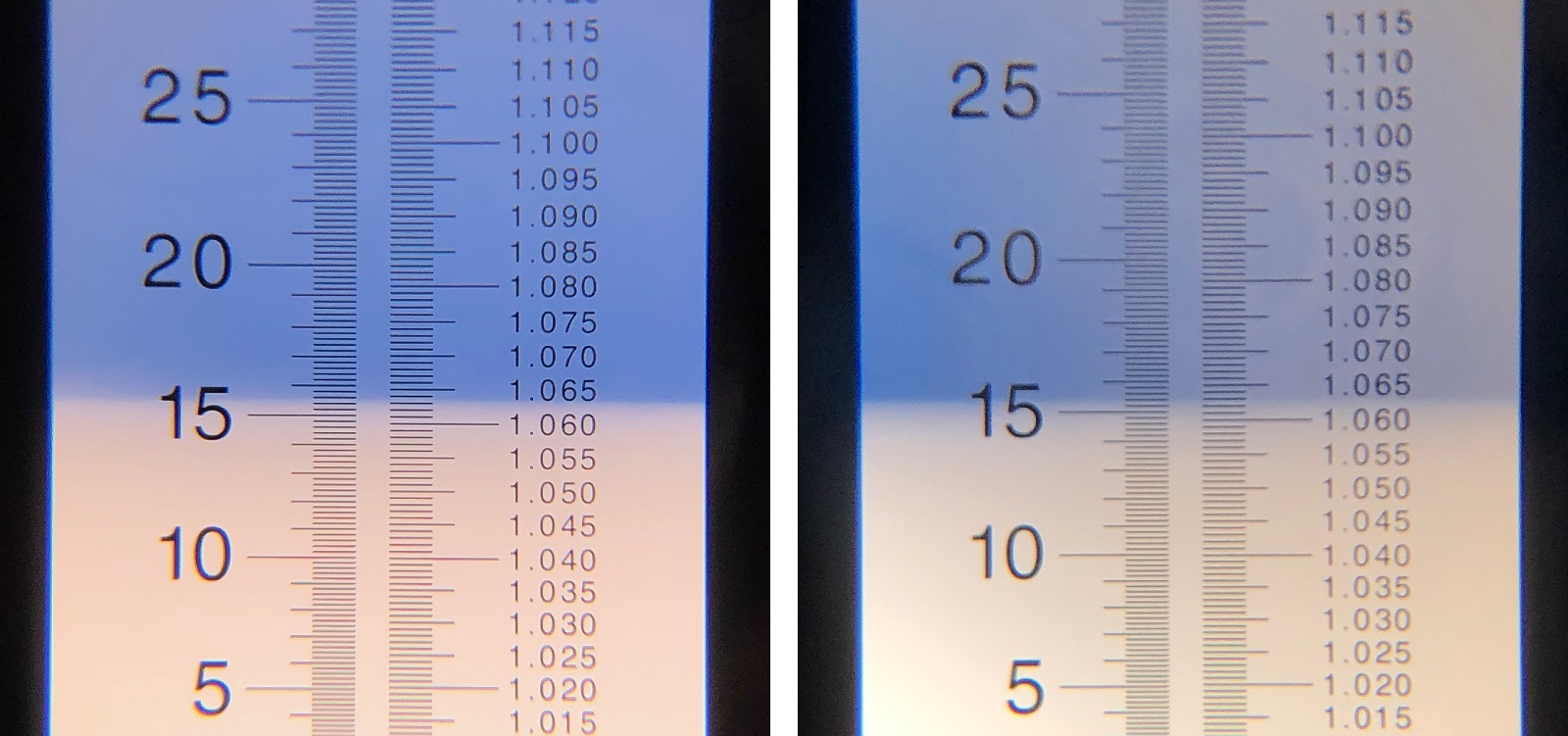
Equal amounts of wort were racked to sanitized 6 gallon/23 liter PET carboys that were placed in my fermentation chamber and left to finish chilling to my desired fermentation temperature. Once stabilized at 63°F/17°C, I pitched a single pouch of Imperial Yeast A15 Independence into each batch.
After 4 days of fermentation, I raised the temperature of the chamber to 70°F/21°F and left the beers alone for a week before reducing the temperature to 60°F/14°C and adding the dry hops. Hydrometer measurements taken 3 days later showed the beer made with wheat finished 0.002 SG points higher than the one made with just barley malt.
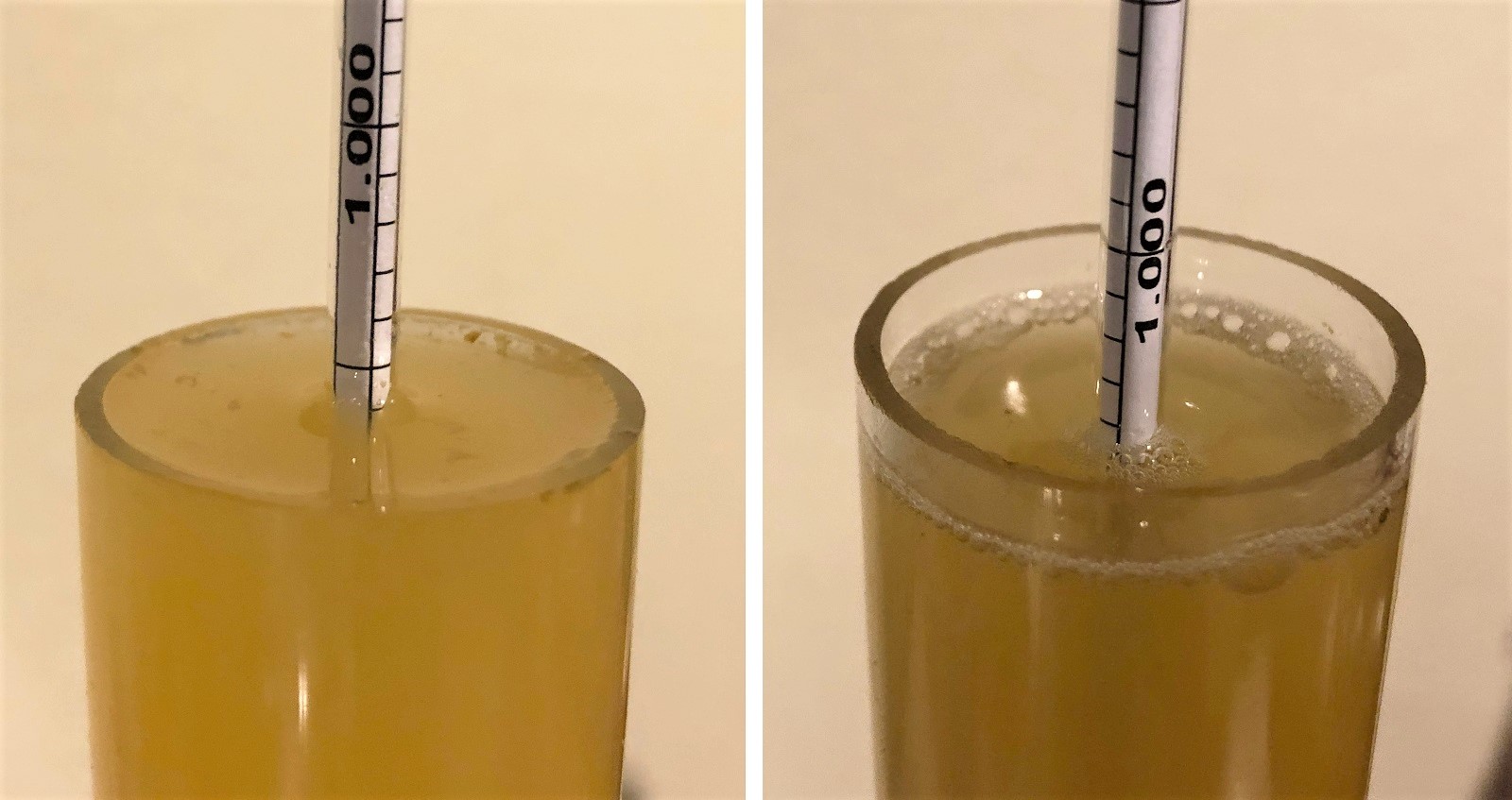
At this point, I racked the beers to sanitized kegs that were placed next to each other in my keezer and left on gas for 2 weeks before I began my evaluations.
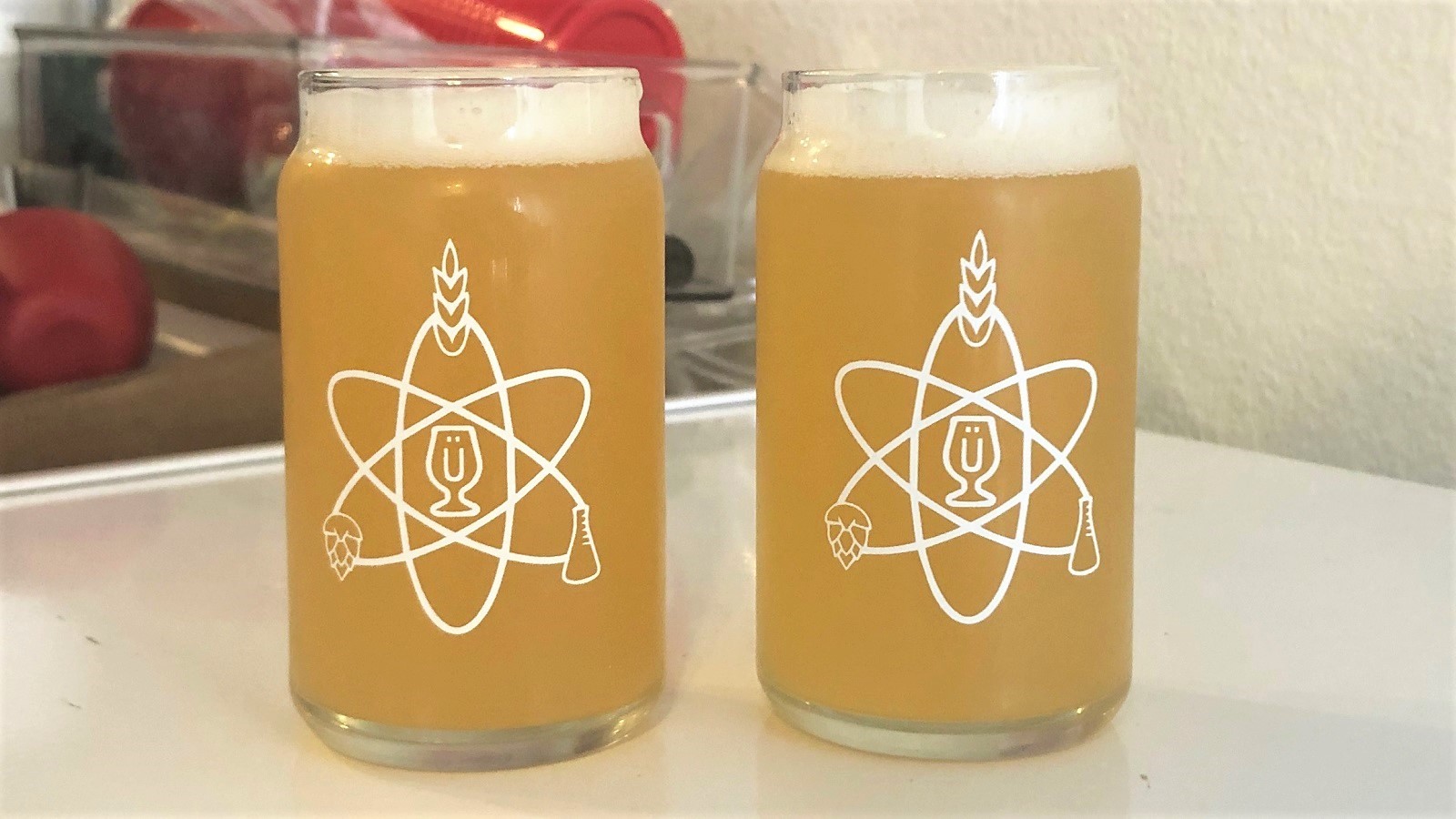
| RESULTS |
Due to social distancing practices as a result of the COVID-19 pandemic, data for this xBmt was unable to be collected in our typical manner. As such, temporary adaptations were made involving the author completing multiple semi-blind triangle tests in as unbiased a way as possible.
Utilizing 4 opaque cups of the same color where 2 were inconspicuously marked, one set was filled with the beer made with wheat malt while the other set was filled with the beer made without wheat malt. For each triangle test, 3 of the 4 cups were indiscriminately selected, thus randomizing which beer was the unique sample for each trial. Following each attempt, I noted whether I was correct in identifying the unique sample. Out of the 10 semi-blind triangle tests I completed, I needed to identify the unique sample 7 times (p<0.02) in order to reach statistical significance. However, I correctly chose the unique sample only 6 times (p=0.08), indicating my inability to reliably distinguish an American IPA made with 20% wheat malt from one made with al barley malt.
Hoppy days! I’d been craving a beer with classic pine and tropical flavors for a while, and while I drink my fair share of NEIPA, the firm bitterness paired with the tempered qualities of Simcoe and Amarillo really did it for me in this American IPA. I can’t be sure exactly what caused it, but I was blown away by the depth of flavor in this beer!
| DISCUSSION |
Whereas certain beers are defined by their inclusion of a large portion wheat, brewers often use smaller amounts in other styles on the belief it contributes desirable flavor characteristics. The fact I was unable to consistently tell apart an American IPA made with 20% wheat malt from one made with all barley malt suggests any impact it had was imperceptible to me.
In addition to its presumed affect on flavor, brewers often rely on wheat malt as a means of improving head retention, which is easily observable. However, both beers in this xBmt showed similar traits when it came to foam, and my inability to distinguish them speaks to lack of perceived difference in mouthfeel. It’s possible unmalted wheat affects beer differently, but given my sensory analysis and observations, it seems the malted wheat had little if any noticeable impact on this American IPA.
Despite these results corroborating those of a past xBmt where tasters couldn’t reliably distinguish a Kölsch made with wheat from one made without it, I’ve no plans to stop using wheat malt in my own brewing, especially when it’s stylistically appropriate. I’m curious to explore if a higher ratio of wheat to barley would produce a more noticeable effect, and whether non-malted wheat products have a different impact than malted wheat.
If you have any thoughts about this xBmt, please do not hesitate to share in the comments section below!
Support Brülosophy In Style!
All designs are available in various colors and sizes on Amazon!
Follow Brülosophy on:
FACEBOOK | TWITTER | INSTAGRAM
If you enjoy this stuff and feel compelled to support Brulosophy.com, please check out the Support page for details on how you can very easily do so. Thanks!

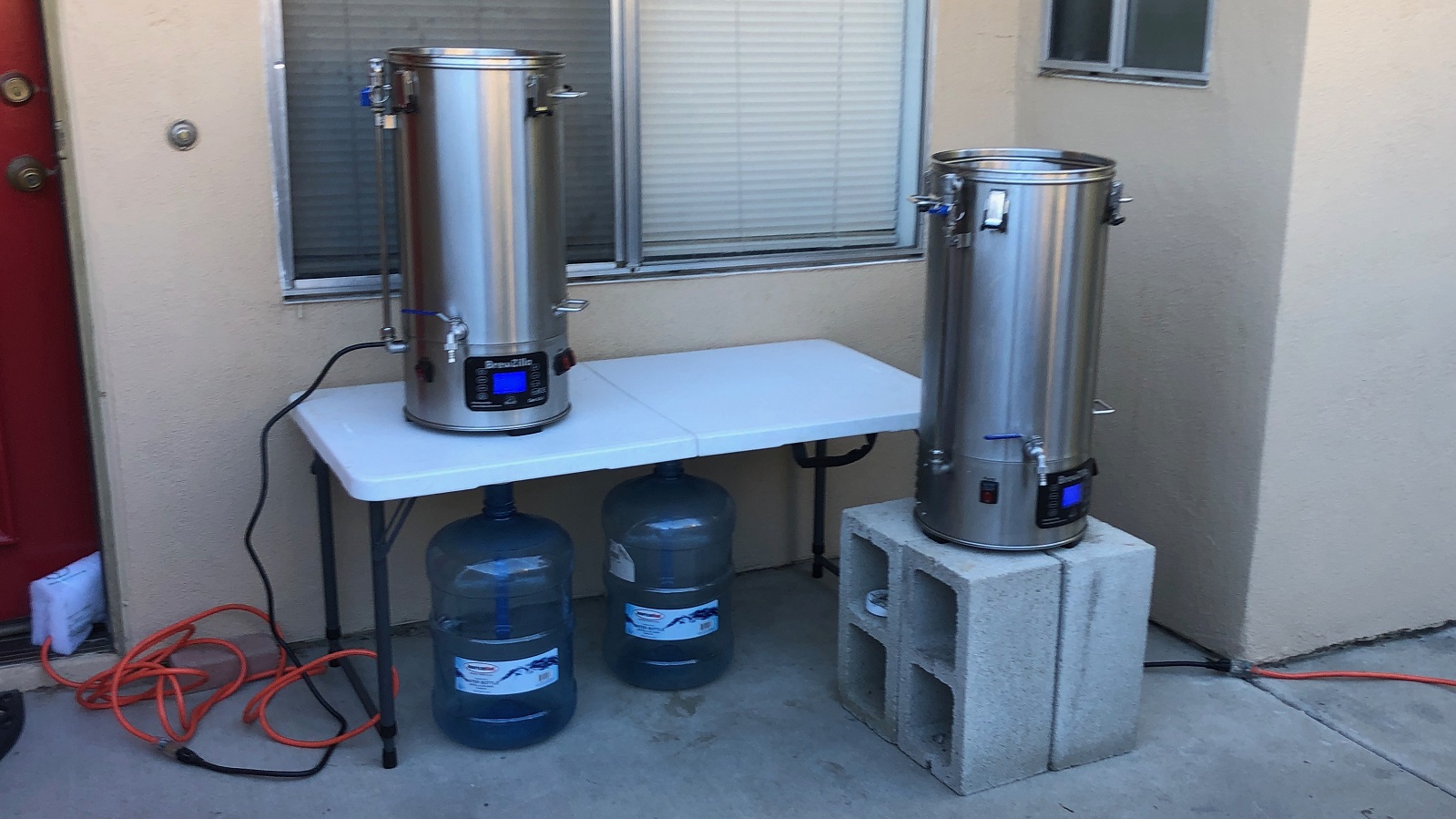
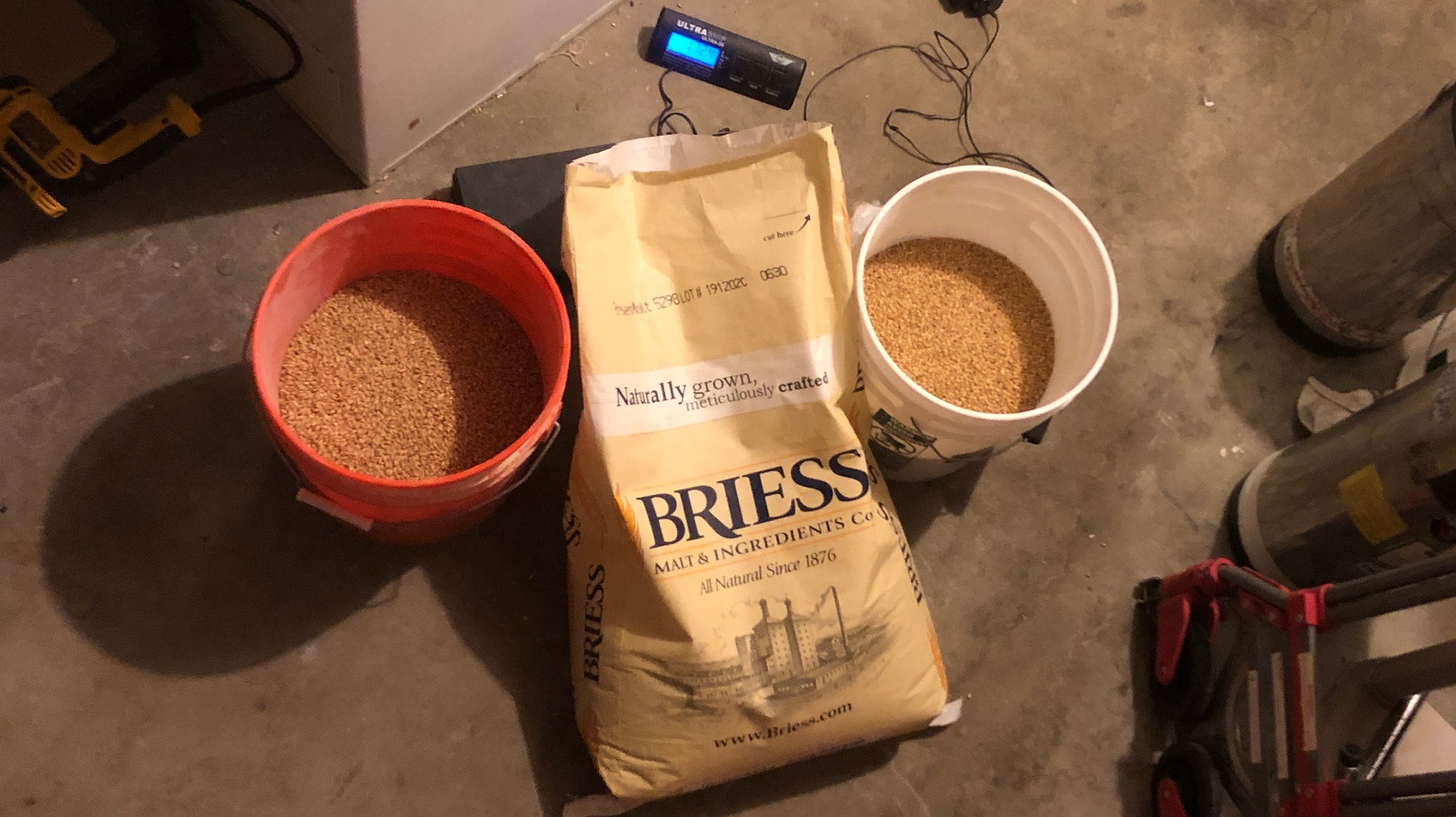
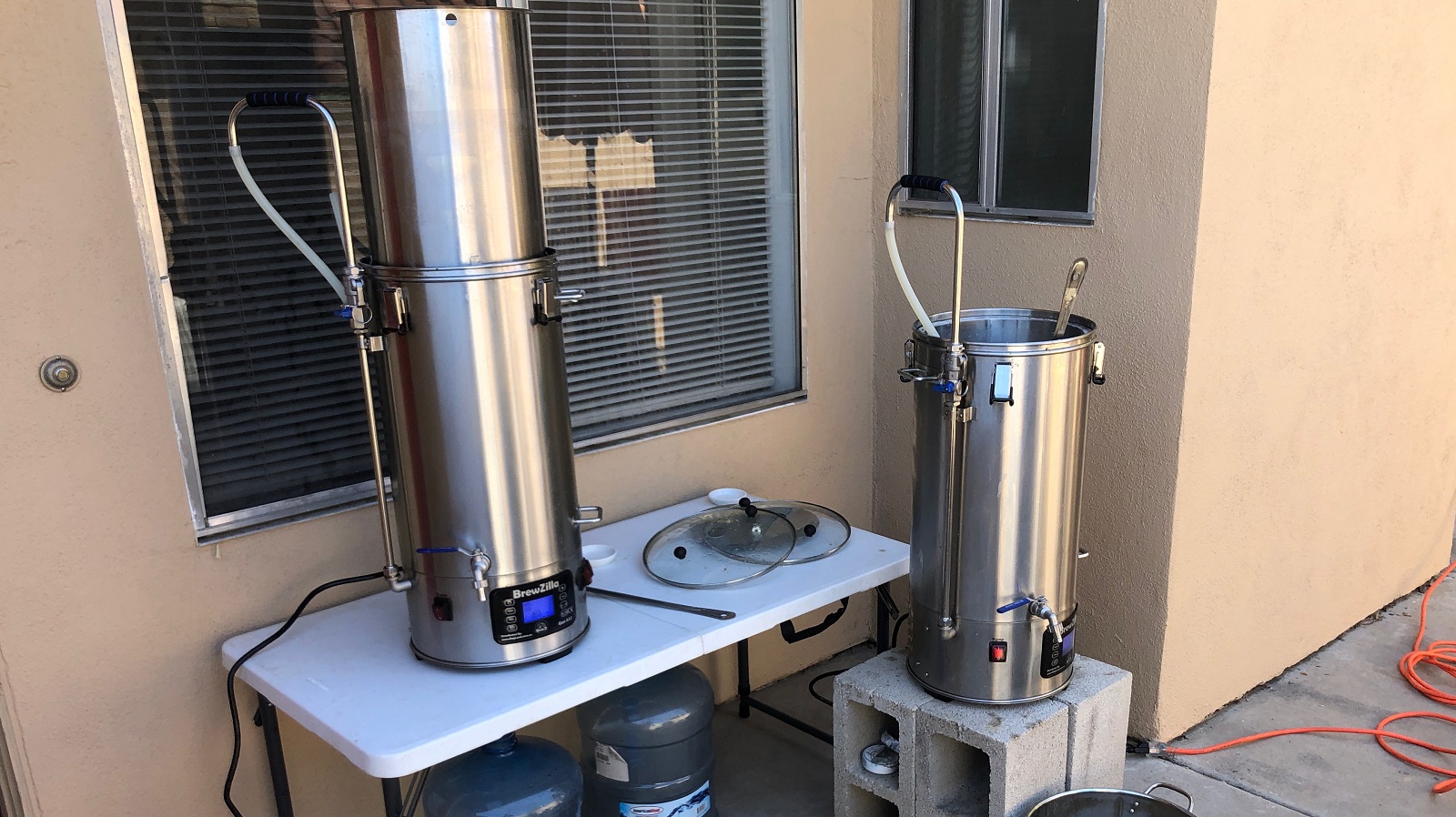
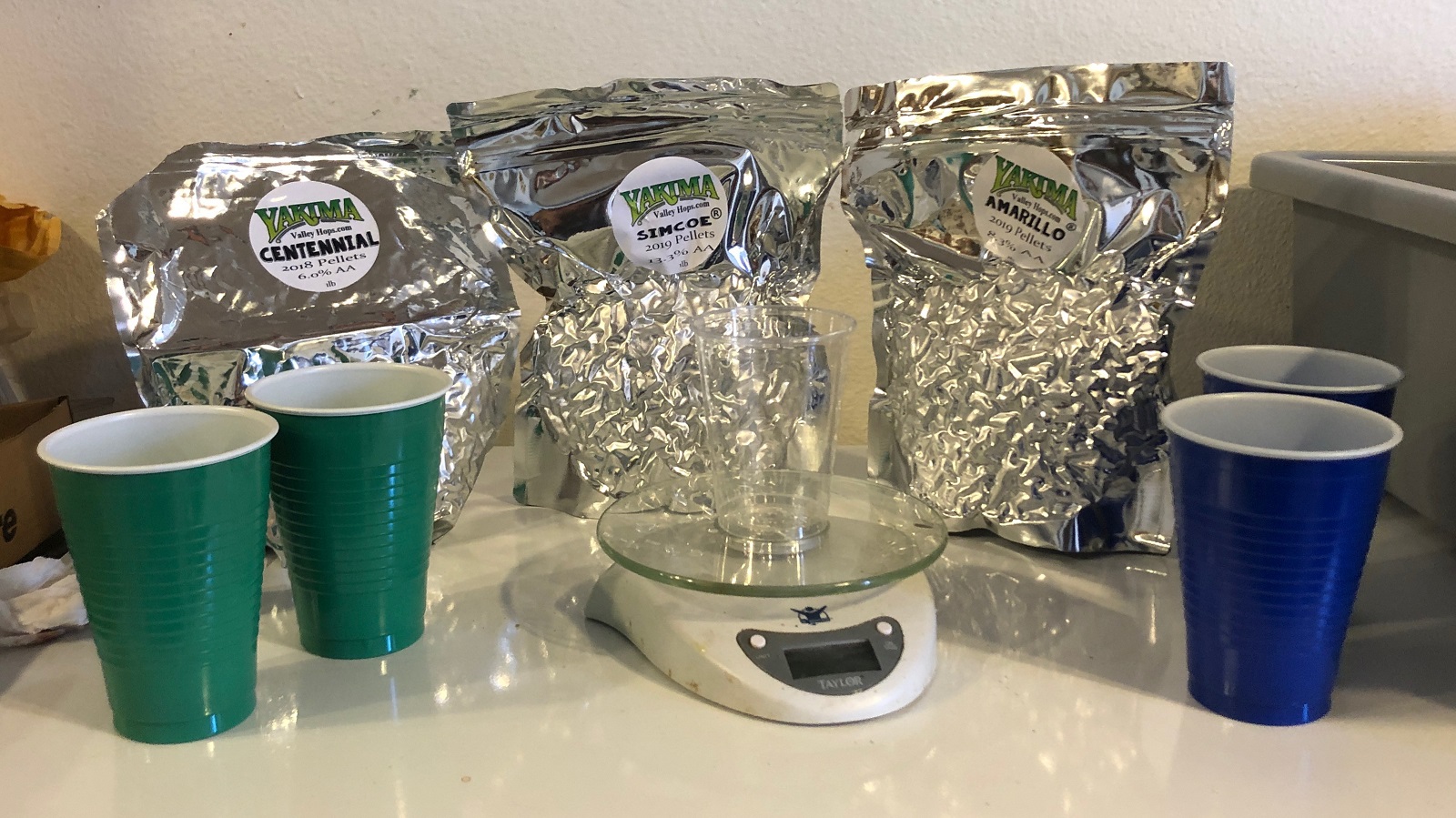
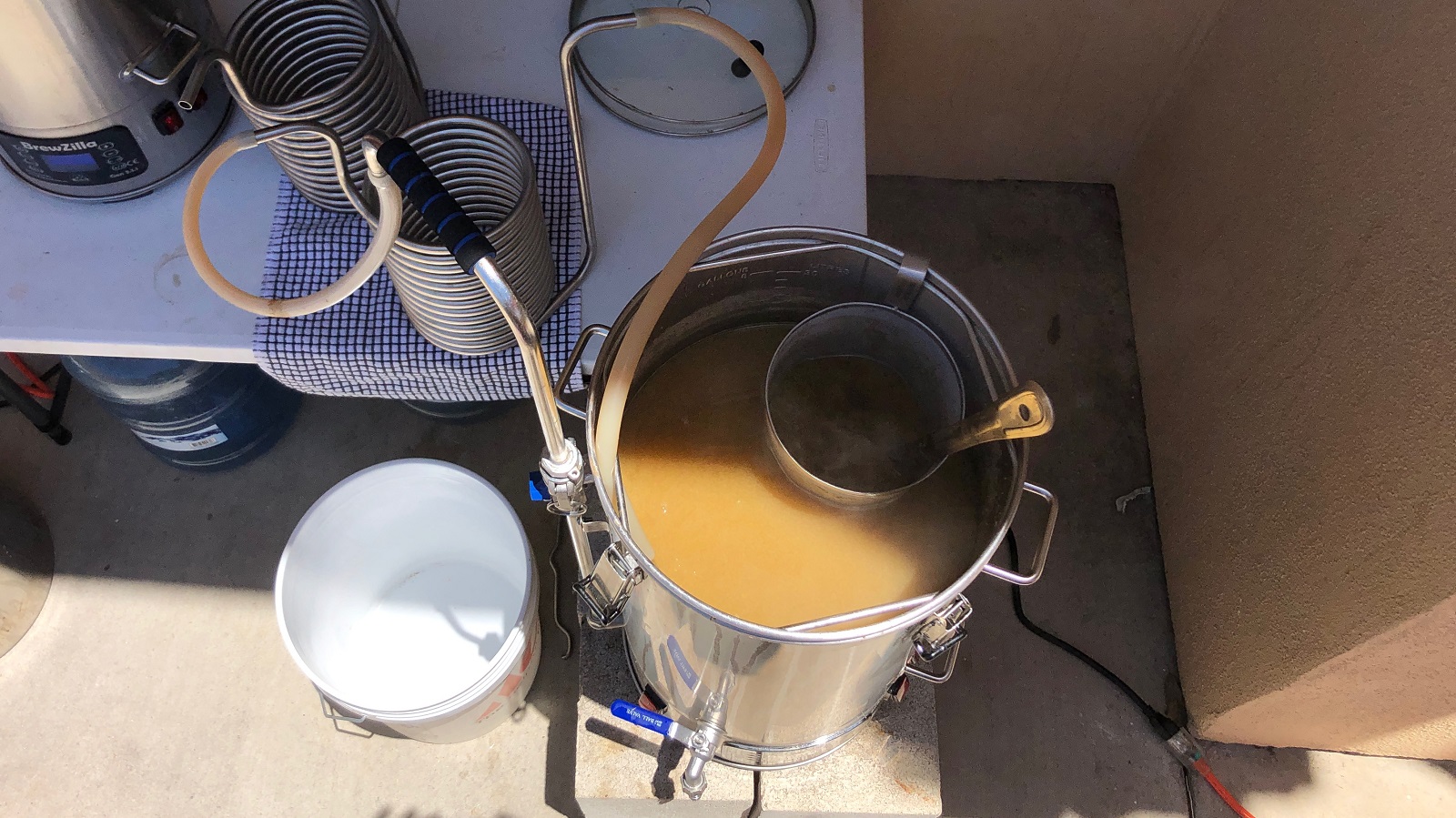
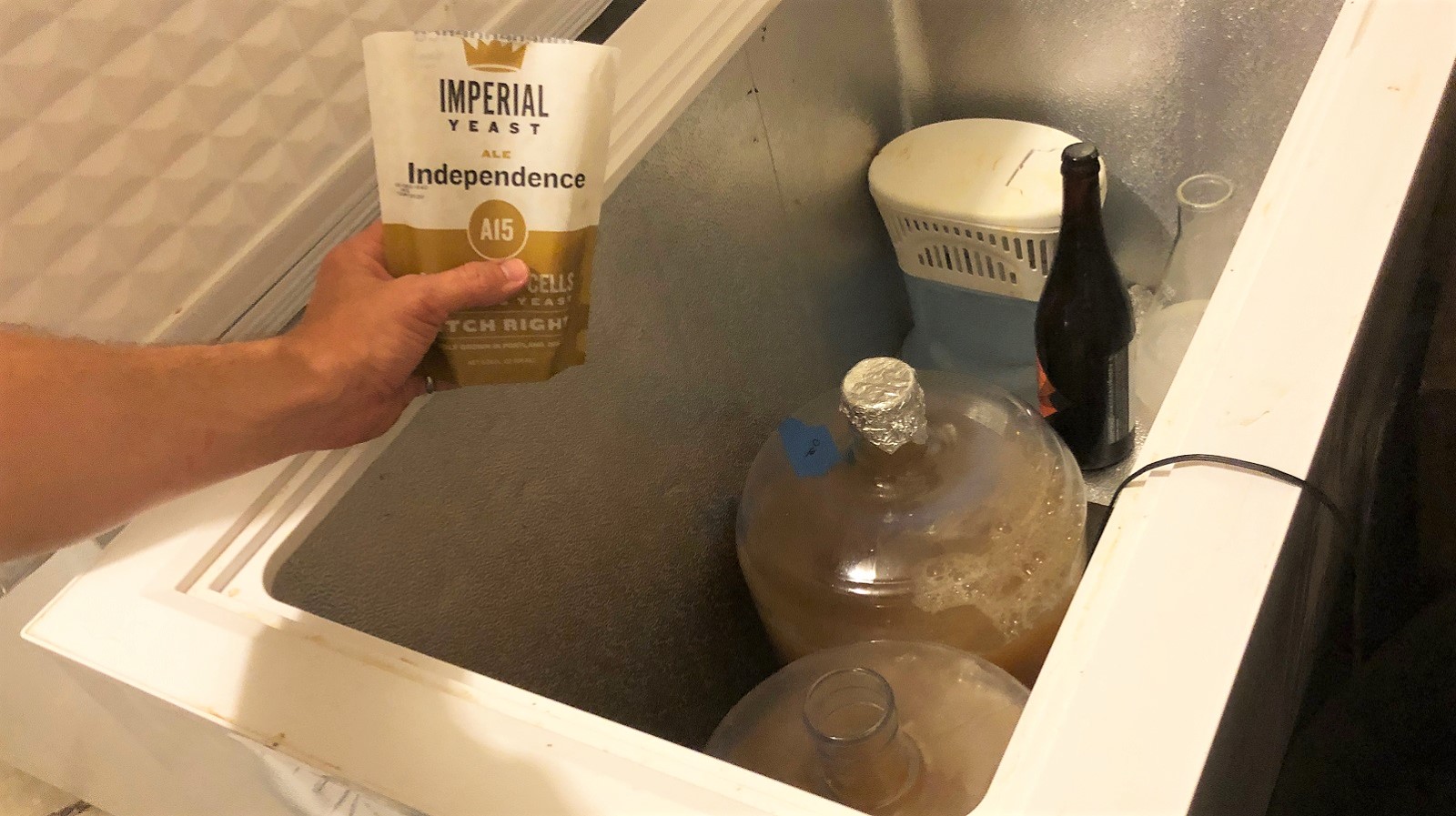











9 thoughts on “exBEERiment | Impact Of Wheat Malt On American IPA”
Are the whirlpool hop additions missing from the recipe?
My guess is the 10 minute addition hops in the recipe are the whirlpool hops since he chilled to 185° and whirlpooled for a total of 10 minutes.
Correct. If you want to see if there’s a distinguishing flavor of wheat vs barley, you should up the percentage, ditch the dextrose, and do a single hop.
That looks like a tasty recipe! I really like independence in hoppy brews. I brew a black butte porter inspired brew periodically that has about 15% wheat in it and I always attributed some of the smoothness of that beer to the wheat addition. It would be interesting to try it without the wheat to see if that changes anything. (I probably won’t do it because I love that beer as-is, but it would be interesting…..) cheers
one beer had 20% more grain than the other and they had the same OG? I read it twice and still don’t understand.
Sorry for the confusion! The wheat malt weight went into the wheated beer. The non-wheat beer only used barley malt and dextrose.
Seems like, due to the way they list a single recipe on the website, it can be tough to determine exactly what the two individual recipes are.
Testing wheat impact in an IPA was not an exbeeriment set up for “success”, flavours being dominated by hops. To test out wheat hypotheses, I believe doing exbeeriments with styles with simpler profiles would be preferred. E.g. steam beers, pilsners with wheat additions or a simple wit.
Fix the whirlpool hops please, it’s been far too long 😉